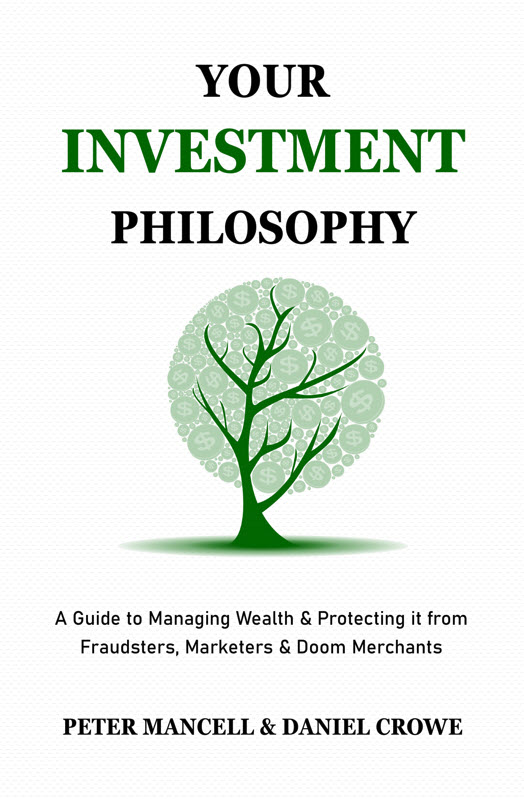What makes for a poor investment? It’s a tough question because anything can be a poor investment. Something can become a poor investment because the person investing didn’t understand what they were investing in. They over-allocated, didn’t understand the risks, and weren’t prepared for the worst-case scenario.
That means good investments can be poor investments, but poor investments will always be poor investments. While that might not clear things up, it’s more about the decision making behind the investment. Feelings are often the justification for poor investments, and are a shortcut to bypass logic, data, or rigorous analysis.
Feelings can be based on conventional wisdom. For example, thinking something will always have high demand. We once had an investor explain their portfolio was heavily weighted to Australian REITs because of how robust Australian commercial property and office space was. High demand would always be there.
Office vacancy rates were at record lows around 3-4% in Sydney and Melbourne going into 2019. After a global pandemic, work from home, and office workers resisting the push to go back into the CBD, today those vacancy rates in Sydney and Melbourne hover around 15%. REITs are fine as 5-10% of a portfolio, but it’s an example of how being overweight in them becomes a poor investment.
Read the full “Disney Shows Nostalgia No Way To Invest” Post
This represents general information only. Before making any financial or investment decisions, I suggest you consult a financial adviser to take into account your personal investment objectives, financial situation and individual needs. Anyone looking to build a portfolio should seek financial advice to find out which strategy is right for them, if you are a looking for a Canberra financial advisor, MFG now have an office covering the region. They can help you identify your goals and put in place a reliable strategy to pursue them.


